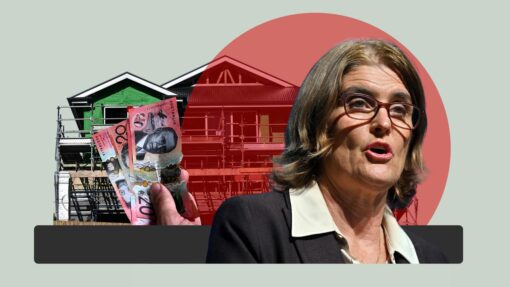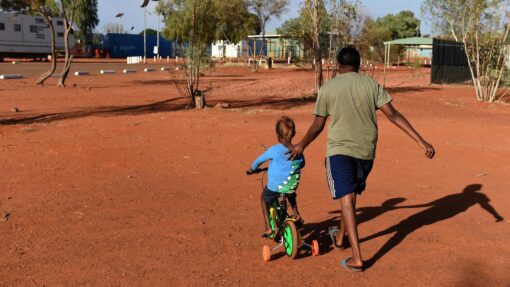RBNZ gives ‘shock treatment’ for lagging Kiwi economy
Ben McKay |

New Zealand’s central bank has super-sized a fresh rate cut to help the Kiwi economy out of the ditch, eying even further easing to come.
The Reserve Bank of New Zealand surprised analysts on Wednesday by opting for a 50 basis point reduction in the official cash rate, taking it to 2.5 per cent.
New Zealand mortgage-holders have now benefited from 300 basis points of easing in the last 14 months, compared to Australia, where the OCR has shifted just 75 in the latest cycle.

That’s owing to the economically dire weather across the Tasman, where gross domestic product contracting by 0.9 per cent last quarter, and 1.1 per cent over the last year.
“It’s taking a lot of work to get this economy turning around and today’s decision will hopefully be the shock treatment required to get everyone back into gear,” said Kelvin Davidson, Cotality economist.
Local economists hedged their bets on whether the RBNZ would lower by 25 or 50 basis points, with a majority in a Reuters survey opting for the smaller cut.
The RBNZ reached the decision by consensus, and foreshadowed a further cut at the year-ending November meeting.
“The (RBNZ) remains open to further reductions in the OCR as required for inflation to settle sustainably near the two per cent target mid-point in the medium term,” bank governor Christian Hawkesby said.
The Kiwi dollar fell in the aftermath of the call, buying just 88 cents in the AUD, a three-year low.
New Zealand’s economy is performing much more poorly than Australia on the key metrics of GDP growth, unemployment and headline inflation.

The grim mood is reflected in migration levels, with thousands of Kiwis, whether NZ citizens or migrants, leaving the country each week – with many opting to settle in Australia.
Around 127,000 people left New Zealand in the past year, leaving net migration at its lowest level in more than a decade, excluding during the closed borders of the pandemic.
The RBNZ’s shift is good news for besieged Prime Minister Chris Luxon, given it is likely to stimulate economic activity ahead of an election expected in late 2026.
Mr Luxon, who leads a three-party coalition from the right, has blamed the previous Labor government and US tariffs for the recessionary moment.
A fresh poll out on Wednesday from the Taxpayers Union showed his National Party below 30 per cent, its lowest level since he took the leadership in late 2021.

Finance Minister Nicola Willis said the cut was “monetary policy doing its job”.
“Falling interest rates are good news for growth, jobs, and investment. It also means more money in the hands of families with mortgages,” she said.
Opposition finance spokeswoman Barbara Edmonds said the comparative strength of other economies meant the government was to blame for the dire economy.
“It’s Christopher Luxon’s fault. Businesses are closing in record numbers, jobs are being lost, and more Kiwis are leaving to find work overseas because he has no plan for growth,” she said.
Kiwibank chief economist Jarrod Kerr, who has championed the need for larger rate cuts than the RBNZ has offered over the past year, predicted another two cuts before the bottom of the cycle was reached.
“The RBNZ is far from signalling the end,” Mr Kerr said.
“Financial markets have caught on, and started pricing in better odds of a move even below 2.25 per cent.
“We think there’s about a 50/50 chance of a further move to two per cent in February.”
The next meeting, on November 26, will be Mr Hawkesby’s last at the RBNZ before newly appointed Swedish banker Anna Breman takes the reins on December 1.
AAP


